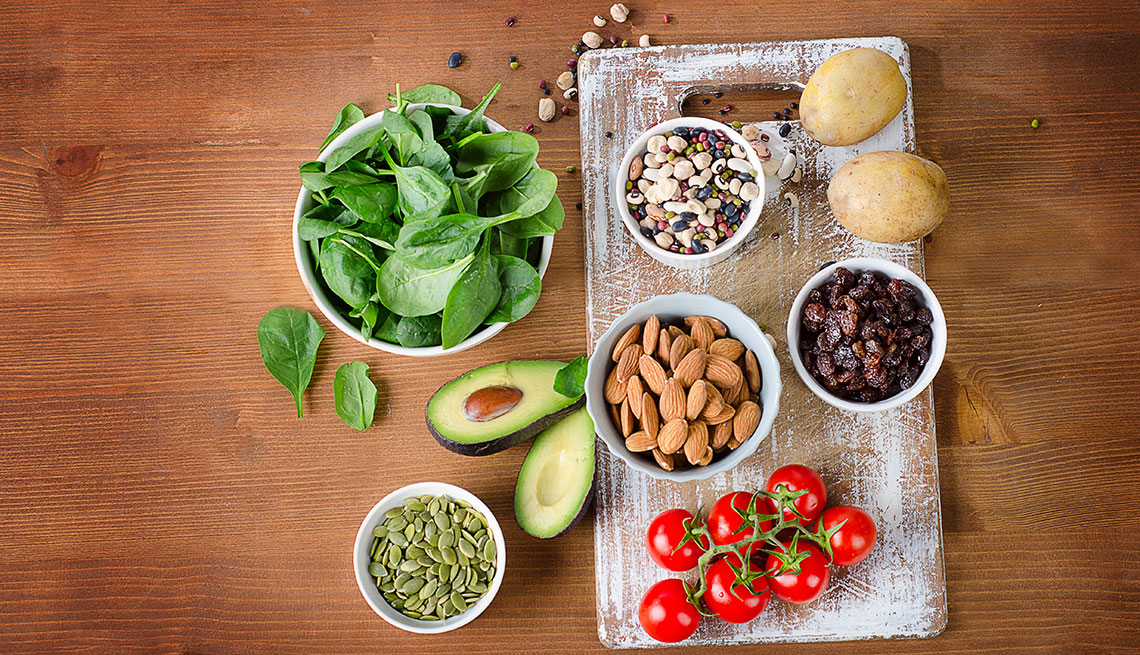AARP Hearing Center
People 50 and over are frequently searching for ways to lower their blood pressure and focus on foods to eliminate, such as items high in salt. But can adding tasty items help, as well?
"Potassium can be a secret weapon when thinking of heart health, managing blood pressure and improving systems in the body," nutritionist Jae Berman wrote for the Washington Post. Sodium and potassium, which are very similar chemically, join forces in a sodium-potassium pump in your body, which "moves sodium out of the cell and potassium into the cell," Berman writes. This process is essential to cell function and energy production.
Unfortunately our diets are typically much higher in sodium than potassium, causing an imbalance in our system. According to the National Health and Nutrition Examination Survey, fewer than 2 percent of Americans achieve the recommended consumption of potassium, which is 4,700 mg per day. Yet the vast majority of us, over 90 percent, eat more than 2,300 mg of sodium per day, which is the top tolerable limit recommended by the Institute of Medicine. Just one teaspoon of table salt equals 2,400 mg of sodium, so it is easy to knock your system off balance.
Whole foods are the best sources of potassium, and avoiding packaged and processed foods is the best way to lower your sodium intake. Sources of potassium that Berman recommends include:
- Avocado (Try swapping out salted butter with this natural treat in your next meal.)
- Yogurt
- Winter squash (acorn or butternut)
- Spinach and other greens
- Whole potatoes with the skin, such as yams and Idaho potatoes. (Just one sweet potato can give you 20 percent of your daily potassium needs, according to Health.gov.)
- Salmon and sardines
- Dried fruits such as apricots and prunes, and whole fruits such as bananas and grapefruit
- Vegetables such as beets and broccoli
- White beans, lima beans, black beans and other legumes

































































